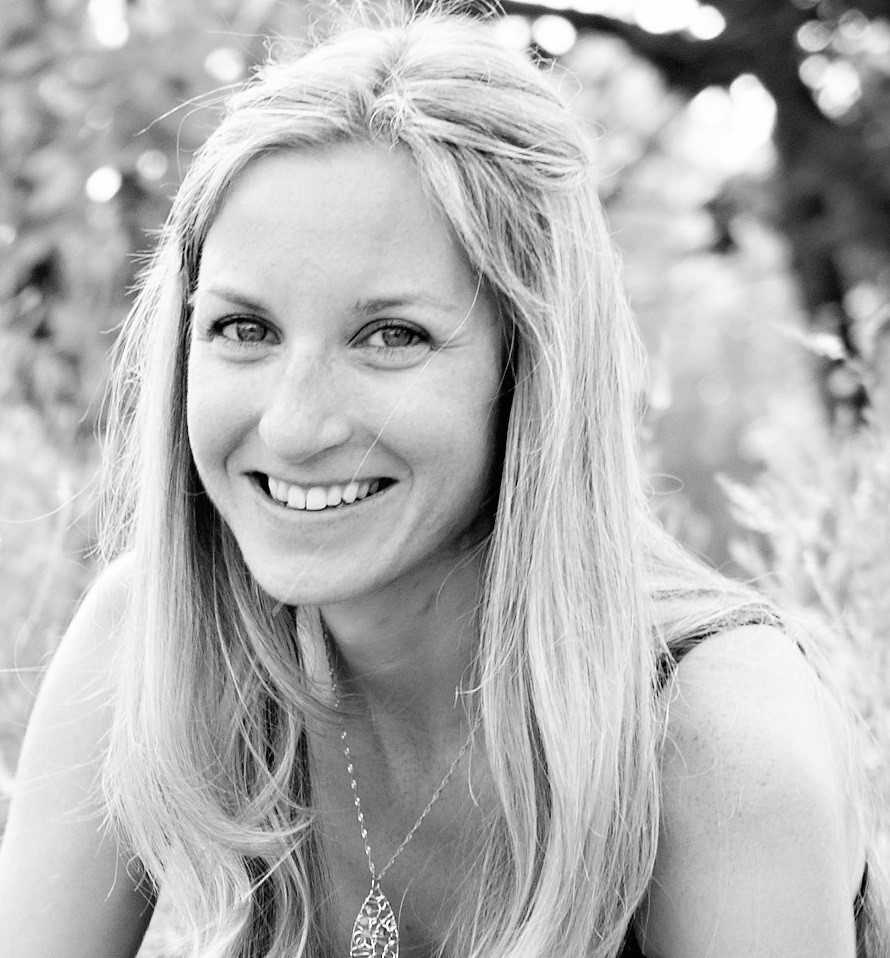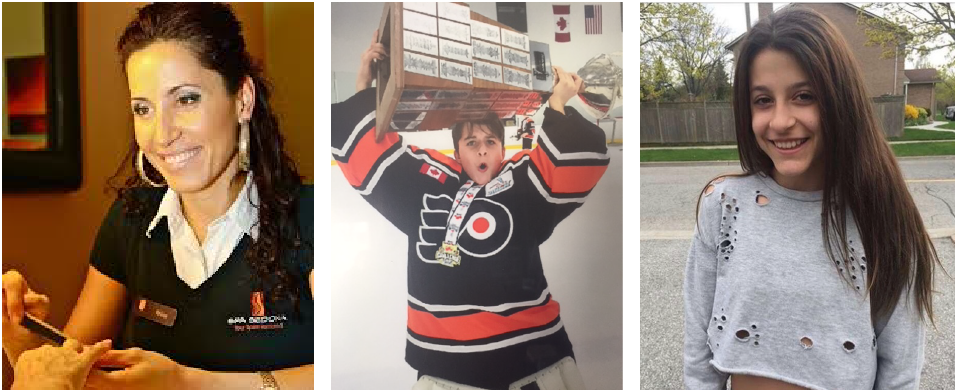Victim Blaming in the Face of a Domestic Violence Murder

Megan Powell
Megan Powell is a freelance writer, editor and digital content creator. She also works as the blog content writer for Neighbours, Friends and Family as well as Make It Our Business. She especially loves working with non-profits and creative organizations.
A woman and her two children were killed by a former partner. And no, it’s not her fault.
Another tragic case of domestic violence in Ontario. A 39-year-old woman and two of her young teenage children were found murdered inside their home. A man who was romantically involved with the woman is now charged with three counts of second degree murder. A community is reeling. A third child had two siblings and her mom brutally ripped from her life. A father is grieving the loss of two of his children and their mother.

To most of us it seems unfathomable to even consider blaming on the mother for her own tragic death. Yet, shockingly, victim blaming has reared its ugly head. A recent CTV News Facebook post about this awful tragedy resulted in comments blaming the mother - Krassimira "Krissy" Pejcinovski - for being involved with the perpetrator; wondering why she didn’t leave; or insinuating that somehow it was her fault, and she could have prevented what happened. Commentators wrote; “Feel for her innocent kids, but not her. Because of her their dead due to poor choices in men.” And another “I personally think woman need to pick their men better, why do we need woman shelters??? only if woman picked their men better we wouldn’t have this stuff.”

As outrageous as these views are to many of us, it’s crucial we acknowledge that victim blaming exists, so that we can work to break to debunk such harmful myths.
Rather than blaming victims, we can and should be focusing on how bystanders, whether neighbours, friends, family members or co-workers, can reach out and offer support so we can prevent future tragedies like this from occurring.
Victim blaming is never okay.
But all too often we see it in situations of sexual and domestic violence. Placing the blame on the woman who is harmed rather than asking what could have been done to help, is wrong on so many levels. In this particular case, accusations that Krassimira Pejcinovski could have prevented her own death illustrates that we still have work to do, not only when it comes to confronting victim blaming but also increasing knowledge about warning signs domestic violence and risk factors for domestic homicide.
We’ve written before about how domestic abuse doesn’t discriminate; it can happen to all kinds of women. In many cases, the abuse starts off slowly and subtly. There are often a myriad of reasons for a woman’s inability or reluctance to leave an abusive partner, especially if she is financially dependent on him or there are children involved. And we should never underestimate the ability of the abusive partner or spouse to manipulate the feelings and sense of self-worth of the survivor. When we understand that it is not as easy as “why didn’t she leave him?” we can begin to engage in more meaningful and helpful conversations about how to help women who are being abused.
In this situation, co-workers admitted to seeing the warning signs. They cared about Krissy and they were concerned. At the same time, they lacked the tools and the information to be able to see the level of risk and to help Krissy manage that risk. This sounds like an enormous responsibility and something that experts should do, but it can start with something as simple as a non-judgmental conversation. Our own Centre Director Barb MacQuarrie offered some valuable tips in a recent CBC article. Neighbours, friends, family members and co-workers can reach out for help too.
As we’ve read before, the power of regret is strong. It is always a better idea to learn how you can help instead of doing nothing out of fear or hesitation to step in.
Statistics and research clearly show that the most dangerous time for a women in an abusive relationship is when she attempts to break up with or leave the perpetrator. Krassimira had broken up with the alleged killer earlier. He had resurfaced and she was planning on telling him to leave. This was a very dangerous time for her and she appears to not have had a safety plan.
The next time a domestic violence case appears, I hope we see less of this victim blaming. Fewer judgmental comments. These serve no one and do nothing to help. Instead, look around at the people in your own life. Make sure you know the warning signs of domestic abuse and the risk factors for domestic homicide. Learn what you can do to reach out and offer support. Learn about the resources in your community. Stand up to people who spew misogynistic or hateful comments. Call someone out if you hear them making comments blaming the victim. The change begins with all of us.
